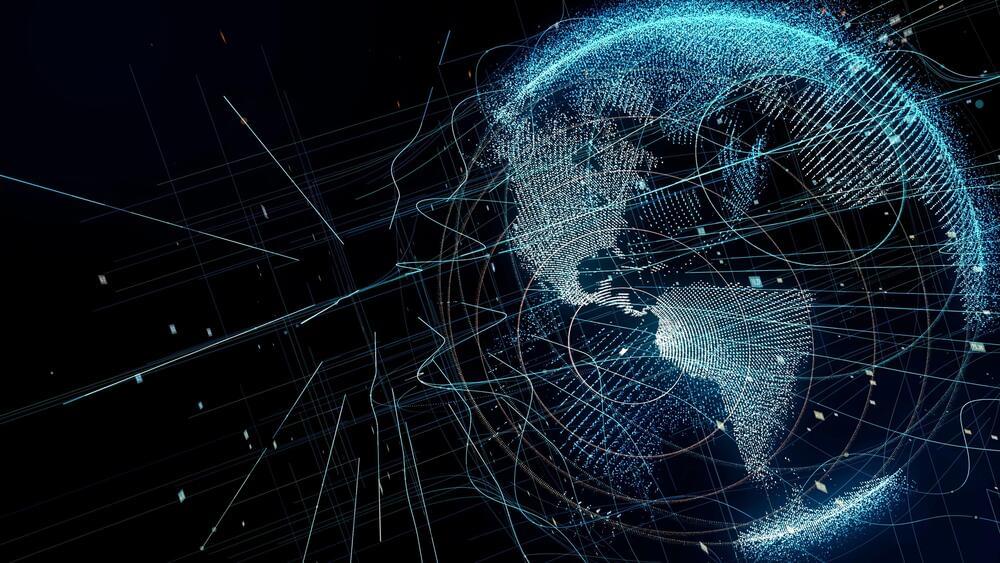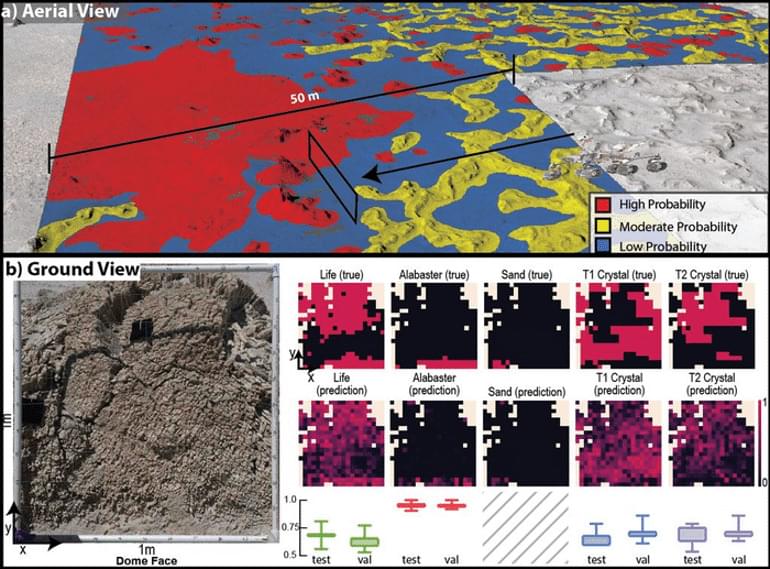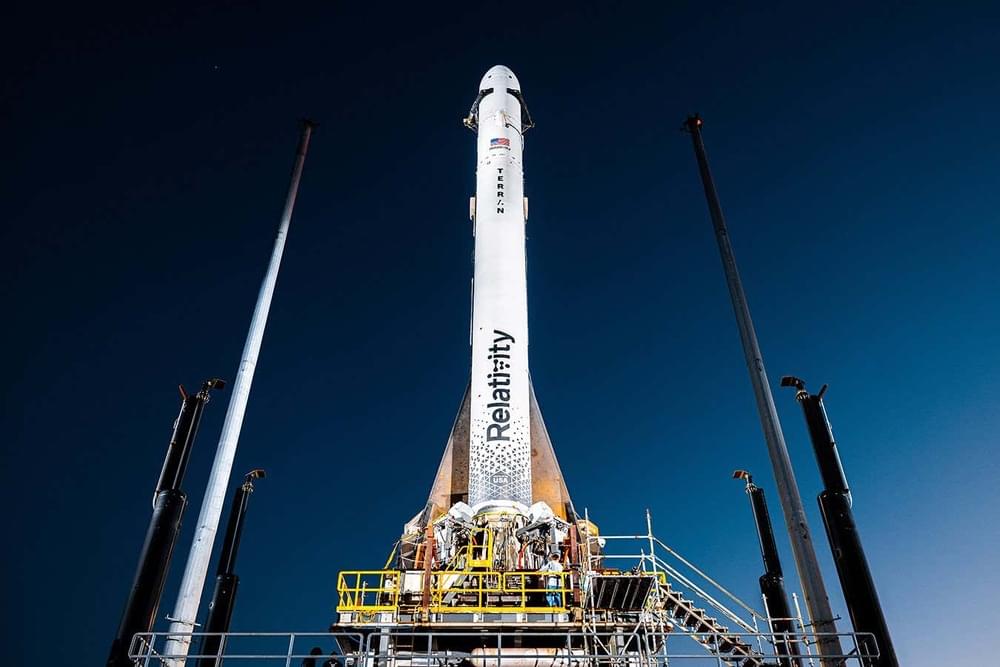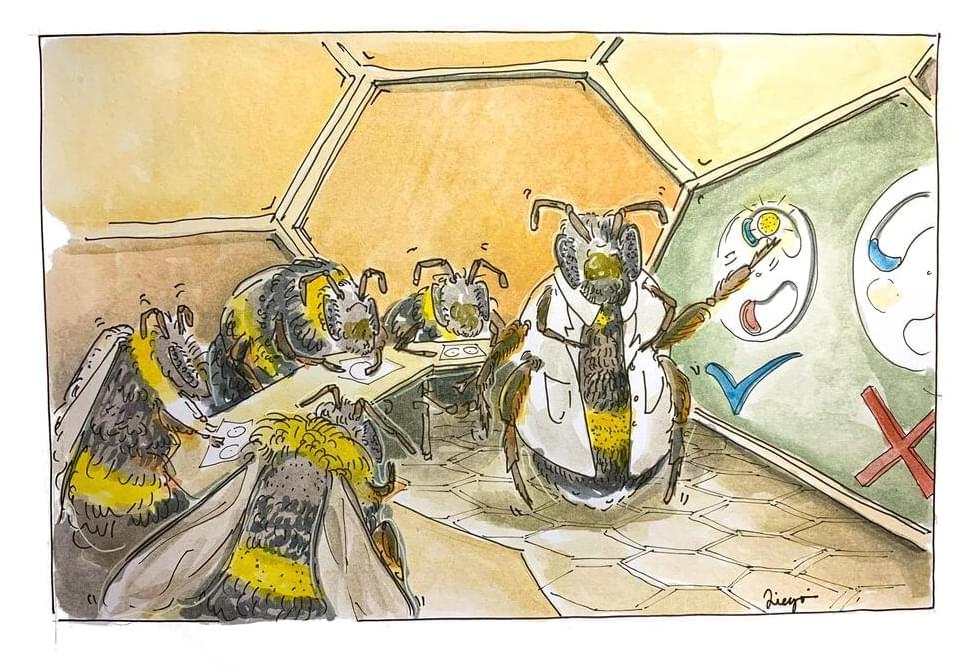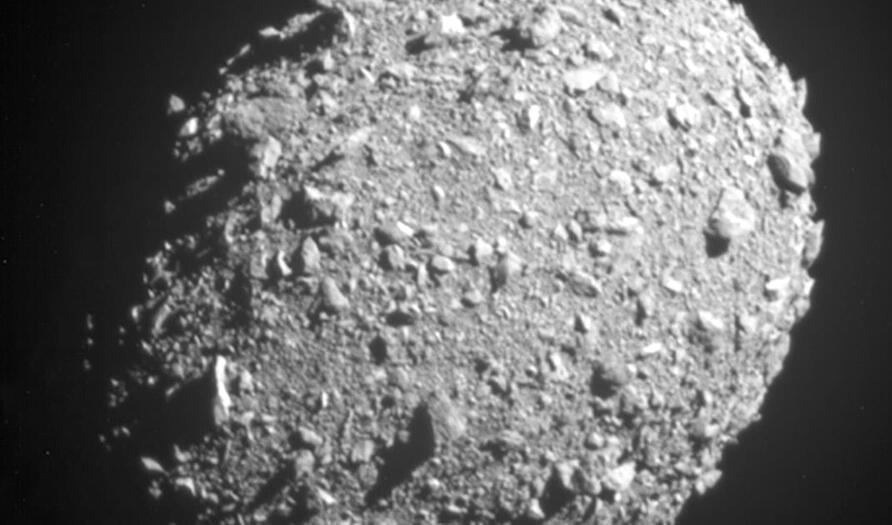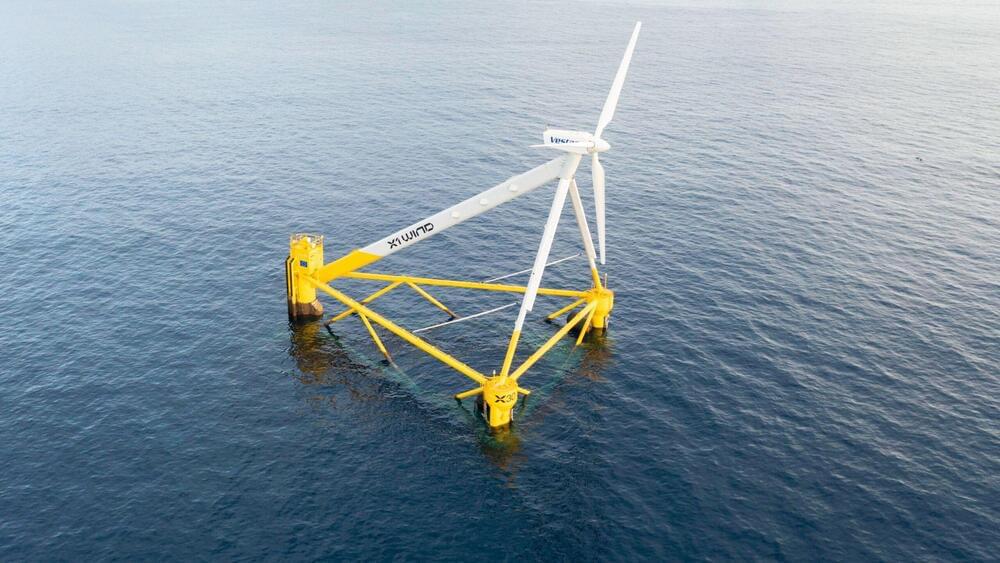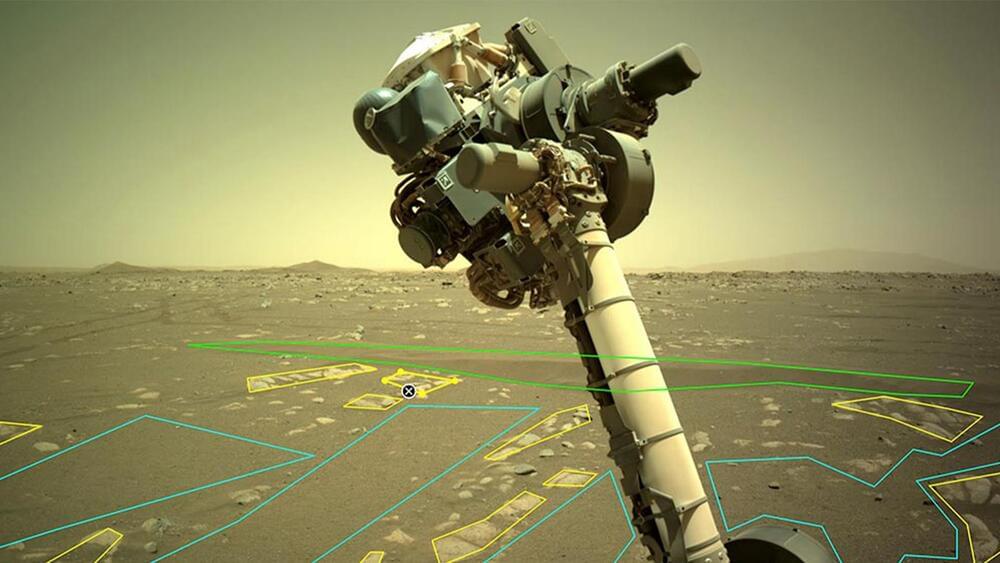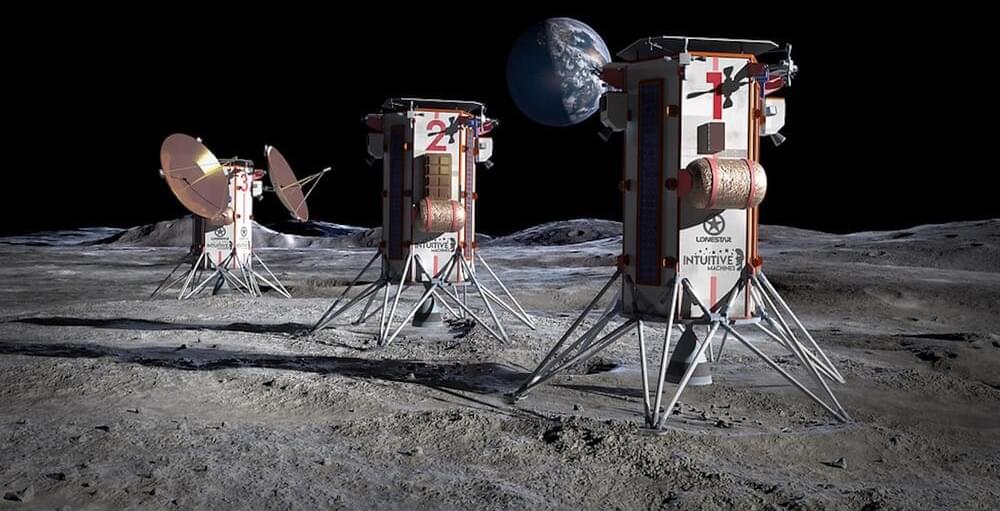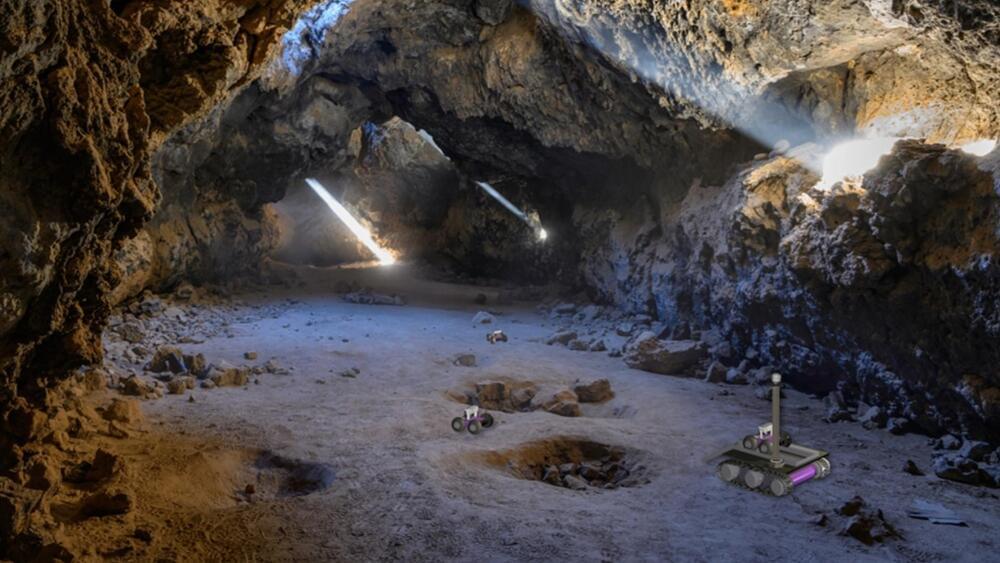Photon-enabled quantum communication could send exponential amounts of data securely over interstellar distances, potentially to intelligent ET societies.
Summary: Scientists have developed a way to use artificial intelligence (AI) to find signs of life on other planets. They combined statistical ecology and machine learning to map the patterns and rules of how life survives in harsh environments on Earth, and then trained the AI to recognize those same patterns and rules in data from other planets. This method can help guide rovers and other exploration missions to places with the highest probability of containing life.
Source: SETI Institute.
Wouldn’t finding life on other worlds be easier if we knew exactly where to look? Researchers have limited opportunities to collect samples on Mars or elsewhere or access remote sensing instruments when hunting for life beyond Earth.
US aerospace start-up Relativity Space is planning to launch its 3D-printed Terran 1 rocket on 8 March, skipping planned tests and heading straight for orbit.
By Leah Crane
A new study has shown that bumblebees pick up new “trends” in their behavior by watching and learning from other bees, and that one form of a behavior can spread rapidly through a colony even when a different version gets discovered.
The research, led by Queen Mary University of London and published in PLOS Biology, provides strong evidence that social learning drives the spread of bumblebee behavior—in this case, precisely how they forage for food.
A variety of experiments were set up to establish this. The researchers designed a two-option puzzle box that could be opened either by pushing a red tab clockwise or a blue tab counter-clockwise to reveal a 50% sucrose solution reward.
By understanding how asteroids function, we can know more about how to knock them off course.
The DART mission moved an asteroid, setting the stage for planetary defense strategies that could avoid collision with more dangerous objects.
The system dramatically reduces the environmental footprint and improves compatibility with other sea uses.
In a boost to further wind energy generation, the world’s only floating wind platform currently installed with a tension leg platform (TLP) mooring system has kickstarted its operations with the production of its first kWh. The facility developed by X1 Wind, a floating wind technology developer based in Barcelona, is anchored in the Canary Islands, which is situated near Spain.
Its X30 floating wind prototype’s TLP system dramatically reduces the environmental footprint and improves compatibility with other sea uses.
The development represents “an important advance in extraterrestrial research, in which biology has often lagged behind chemistry and geology.”
A new study has revealed a new way to enhance the search for aliens on Mars by teaching artificial intelligence to detect sites that could contain “biosignatures.”
And so, the researchers trained a deep learning framework to map biosignatures in a three-square-kilometer area of Chile’s Atacama Desert… More.
NASA/JPL-Caltech.
Its based model performs better than state-of-the-art models available today.
Search giant Google has completed the ‘critical first step’ toward building its artificial intelligence (AI) model that will support the world’s one thousand most-spoken languages. In a blog post the company released details about its Universal Speech Model (USM).
Google’s announcement is part of the build-up to its annual I/O event where it plans to unveil a slew of products powered by AI.
400tmax/iStock.
“Data is the greatest currency created by the human race”.
Cloud computing startup Lonestar Data Holdings announced the results of its latest $5 million funding round, which will help it develop its technology for storing data on the lunar surface.
New lunar data centers will store humanity’s ‘greatest currency.’
LoneStar.
The robots contain miniaturized sensors which are deployed as they traverse a cave or other subsurface environment.
Life on Mars is closer than you think. And researchers at the University of Arizona College of Engineering are already scouting real estate and house hunting. Their helpers? A flock of robots that can explore the subsurface environments on other worlds.
“Lava tubes and caves would make perfect habitats for astronauts because you don’t have to build a structure; you are shielded from harmful cosmic radiation, so all you need to do is make it pretty and cozy,” said Wolfgang Fink, an associate professor of electrical and computer engineering at UArizona.
Fink and team have published a paper in Advances in Space Research that details a “communication network that would link rovers, lake landers, and even submersible vehicles through a so-called mesh topology network, allowing the machines to work together as a team, independently from human input,” according to a press release.
